Exciting New Releases: ZD Toys Collection & Superman Collection
Exciting New Releases: ZD Toys Collection & Superman Collection

Dilophosaurus in Jurassic World: Behavior, Attacks & Origins Revealed
May 07, 2025 8 min read
Long before the giants of the Late Jurassic thundered across the Earth, a different kind of hunter reigned. Dilophosaurus, one of the largest carnivores of the Early Jurassic, carved its place in prehistory with speed, agility, and a head crowned by two elegant, crest-like bones — the very feature that gave it its name: “two-crested lizard.”
These thin, twin crests were likely not built for battle, but for display — possibly to attract mates or establish dominance, painting a picture of a predator that was as much showman as killer. And while pop culture turned it into a venom-spitting menace with an expanding neck frill, science tells a different story. There’s no evidence Dilophosaurus ever spat venom — and the iconic frill? Pure Hollywood.
Fossils of this ancient predator have been found in Northern Arizona, where it once stalked the riverbanks and floodplains over 190 million years ago. Though considered a more primitive theropod, Dilophosaurus was no less dangerous. It lacked forward-facing eyes, so it likely didn't rely heavily on vision for hunting. Instead, it may have depended on a keen sense of smell, tracking prey through scent across open terrain.
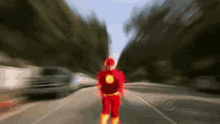
Its jaws were long and slender, lined with back-curving teeth ideal for slicing flesh, and its powerful forelimbs were built for grabbing and subduing struggling prey. With an estimated top speed of around 30 mph, it was likely a fast, pursuit predator — built to chase down its meals with precision.

Intriguingly, footprint evidence suggests Dilophosaurus may not have hunted alone. Some tracks appear in tight-knit groups, hinting at the possibility of pack behavior, a rare trait in early theropods.
Though often compared to Coelophysis, its smaller, late-Triassic cousin, Dilophosaurus belongs to a different lineage — one that helped pave the evolutionary road toward the larger, more advanced theropods that followed.
Cloned Characteristics: The Dilophosaurus Reimagined
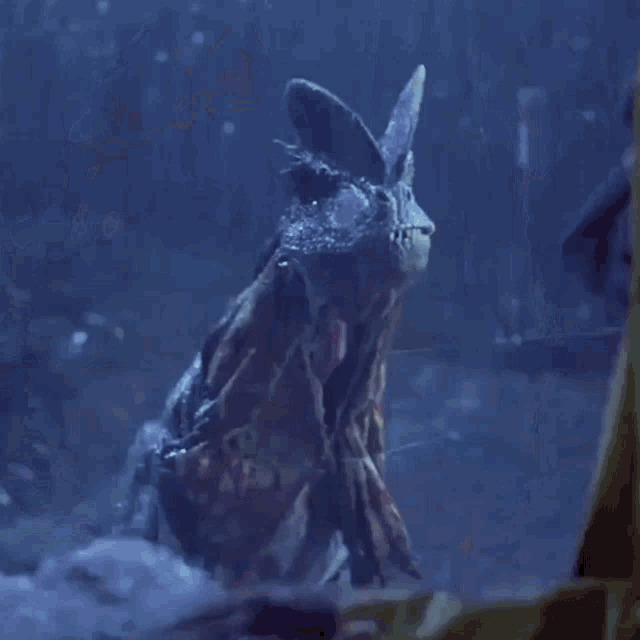
The cloned Dilophosaurus seen in Jurassic Park is a striking reinvention — a creature reshaped by cinematic imagination and genetic experimentation. While its real-world counterpart was a sleek, fast predator with no frill and no venom, InGen’s version introduced features that never existed in nature, transforming this early Jurassic hunter into one of the franchise’s most unsettling icons.

Most famously, these clones sport a vibrant, expanding frill around the neck — much like a modern frilled lizard — which snaps open and rattles in warning when the animal prepares to strike. Just as unnerving is the ability to spit venom with uncanny accuracy, hitting targets up to 6 meters (20 feet) away. This toxic spit, not unlike that of certain insects like dragonflies, is aimed at the eyes or face to stun prey, leaving victims disoriented before the fatal lunge.
Physically, the cloned Dilophosaurus deviates in other key ways. Its skull is broader and more robust, bearing resemblance to dromaeosaurids like Deinonychus or InGen’s own Velociraptors, rather than the more delicate, tapered profile seen in fossil specimens. It also lacks the distinct notch in the upper jaw found in the original species — a small detail, perhaps, but one that further distances the clone from its prehistoric ancestor.
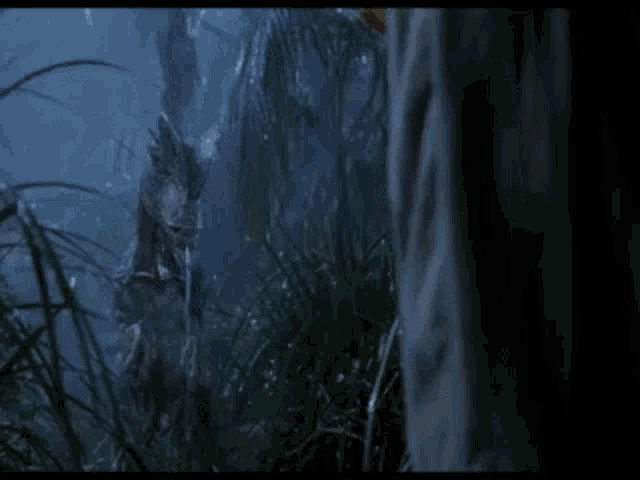
In terms of size, InGen’s Dilophosaurus was scaled down for a purpose. At just over 3 meters (10 feet) in the film, these creatures are significantly smaller than the actual animal, which could reach lengths of 6 to 7 meters (20–23 feet). Behind the scenes, this decision was made to ensure the Velociraptors remained the dominant predator in the original film’s hierarchy — a narrative choice that helped define both species in the public imagination.
Other details add layers of intrigue: the clones lack a fourth finger, a departure from known theropod anatomy, and share the pronated wrists typical of InGen’s engineered dinosaurs. Their coloration varies too — most are seen with green bodies and vivid orange-yellow frills, but some sightings describe gray-bodied individuals with pink frills, possibly indicating sexual dimorphism, or the use of alternative DNA templates during cloning.
What emerges from all this is a predator shaped as much by fiction and fear as by DNA — a terrifying example of what happens when prehistoric life is recreated not for science, but for spectacle.
Behaviour: The Cunning Stalker of the Shadows
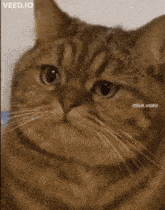
Among the many creatures engineered by InGen, the Dilophosaurus stands out not just for its chilling appearance — but for its eerily calculated behavior. Though relatively small compared to other predators in Jurassic Park, this dinosaur proved it didn't need size to be terrifying.
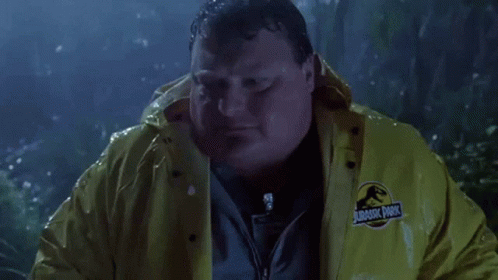

The first known encounter occurred under the cloak of night, where the Dilophosaurus was seen lurking alone in the dense jungle foliage. Whether it was the only one created at the time remains unclear, but its small size and almost playful curiosity suggest it may not have been fully grown. It crept silently through the trees, peeking out cautiously and mimicking innocence, only to reveal its true nature in the blink of an eye.

When it confronted Dennis Nedry, the Dilophosaurus displayed a chilling calmness. There was no fear in its posture — just cold, calculating curiosity, as if it had never seen a human before and was trying to understand this strange, loud creature before it. When Nedry attempted to distract it by throwing a stick, the dinosaur remained motionless, watching him with unnerving intelligence. Then, without a sound, it followed — slowly climbing the hill behind him like a shadow in the mist.

Only once the moment was right did it strike: the frill unfurled, the venom launched, and the chase was on. Even then, it allowed Nedry to stagger away, showing a predatory confidence that suggested it was playing with its prey before the final act.
Other encounters revealed even more layers to this mysterious predator. A solitary Dilophosaurus once appeared near a man known as the “yellow jacket,” only to retreat at the arrival of Rexy, the Tyrannosaurus rex. The Dilophosaurus’s willingness to abandon a kill may signal a survival instinct — an understanding of the food chain that placed it beneath the park’s apex predator.
More striking still was the discovery of pack behavior. In dense, forested terrain, multiple Dilophosaurs were seen working in unison, attempting to ambush individuals like Lewis Dodgson and his team. Their strategy was fluid: circling, flanking, using the environment, and their signature frills as psychological weapons. They didn’t just attack — they stalked, watching from the brush before exploding into motion with venom and fury. Even when unsuccessful, their coordination and patience told a clear story: these were intelligent, social predators.
Whether hunting alone or as part of a pack, Dilophosaurus proves that in the world of Jurassic predators, terror doesn’t always roar — sometimes, it whispers from the trees, waiting for the perfect moment to strike.
A Twisted Legacy: The History of the Dilophosaurus
Genesis on Isla Sorna

The story of the Dilophosaurus in Jurassic Park lore begins deep in the genetic vaults of InGen, on Isla Sorna — Site B. Seventeen of these ancient predators were brought back to life through genetic engineering, their DNA fused with that of modern animals, including the yellow-banded poison dart frog. Whether by design or error, this fusion gave rise to a version of the Dilophosaurus the world had never seen — smaller, more secretive, and armed with venom and a stunning display frill.
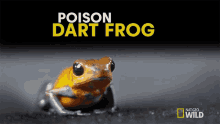
After several months, five Dilophosaurs were transported to Isla Nublar to take their place in InGen's ultimate attraction: Jurassic Park. These creatures were assigned to their own paddock, though whether they were truly meant to spit venom or not remains a genetic mystery, possibly an unintended outcome of the splicing process handled by Dr. Henry Wu and his team.
Jurassic Park Incident: Death in the Rain
Although meant to be part of the official tour, the Dilophosaurs were elusive — not a single one appeared during the visitors' journey through the park. But when the security systems went offline, the jungle came alive.
Dennis Nedry’s fatal encounter is one of the most haunting moments in Jurassic Park history. Stranded in the storm, Nedry came face-to-face with what he thought was a harmless juvenile. But the Dilophosaurus had other plans. It stalked him silently, ignored his feeble attempts at distraction, and then — with a snap of its frill — unleashed its venom directly into his face. Disoriented and blind, Nedry scrambled for safety, only to discover the creature waiting inside his jeep. What followed was swift and brutal.
Despite the chaos of the island, it's confirmed that all five Dilophosaurs survived beyond the incident, with their wild population documented into the mid-1990s.
Jurassic World Era: Hiding in the Shadows

When Jurassic World opened decades later, Dilophosaurs were not included on the official roster of attractions — but they were far from extinct. A holographic projection in the Innovation Center featured the infamous frill and hiss, and behind closed doors, packs of Dilophosaurs still roamed the island, as revealed in The Evolution of Claire.

During the fall of Jurassic World, the Dilophosaurus hologram even played a crucial role — briefly used to distract the Velociraptor Delta during a key escape sequence.
Camp Cretaceous: Into the Swamp
In Camp Cretaceous, a new generation of survivors encountered the Dilophosaurus in the wild — and later, in captivity once more. Captured from Isla Nublar and placed into a swamp biodome by Mantah Corp, these creatures demonstrated complex behavior: strategic hunting, coordinated ambushes, and intimidation tactics using their frills.
They posed a constant threat to Darius and the other campers, with multiple confrontations across seasons. Whether stalking in pairs or defending nests, the Dilophosaurs of Camp Cretaceous reinforced their reputation as clever, deadly, and disturbingly curious predators.
Fallen Kingdom and Dominion: A Full-Circle Moment

Though their presence in Fallen Kingdom was subtle — a hoot in the night, a statue in Lockwood Manor — the Dilophosaurs would return in force in Jurassic World: Dominion. By 2022, several had been captured and relocated to the Biosyn Sanctuary.
In one of the film’s most chilling scenes, a full-grown Dilophosaurus ambushed Claire Dearing, its frill flared and venom ready. She was saved just in time — but the memory of Nedry's fate lingered. And in a moment of poetic justice, a trio of Dilophosaurs cornered Lewis Dodgson in a hyperloop pod. With the same Barbasol can that cost Nedry his life, Dodgson met a strikingly similar end — overwhelmed and devoured.

By the film’s conclusion, these creatures were either roaming the wild or inhabiting the now-protected Biosyn valley, under the watch of the United Nations.
Jurassic World: Rebirth – The Future Awaits

With Jurassic World: Rebirth on the horizon, the role of the Dilophosaurus is still unknown. But one thing is certain: these ancient hunters, reborn through science, will continue to haunt our stories — silent, slithering, and spectacular.
From its mysterious origins on Isla Sorna to its deadly ambushes and legacy in cinematic history, the Dilophosaurus has proven it’s far more than a footnote in the Jurassic era — it’s a symbol of nature’s unpredictability and the dangers of playing god. Whether lurking in the shadows, hissing behind the foliage, or striking with venomous precision, this creature has earned its place as one of the franchise’s most haunting icons.
As we look to the future with Jurassic World: Rebirth, the Dilophosaurus reminds us that even the smallest predator can leave the biggest mark.
Calling all Jurassic fans! Don’t miss your chance to bring the legend home — visit our website now for up to 40% off on all dinosaur merchandise, collectibles, and exclusive apparel! Let the hunt begin.
Subscribe
Sign up to get the latest on sales, new releases and more …



